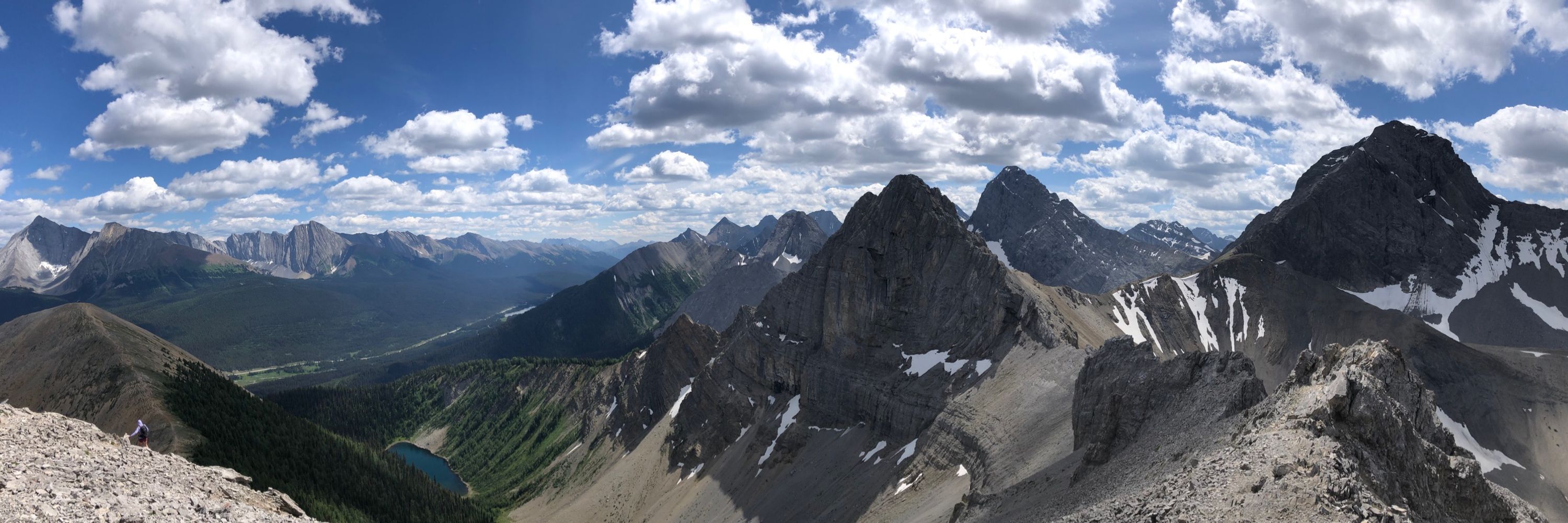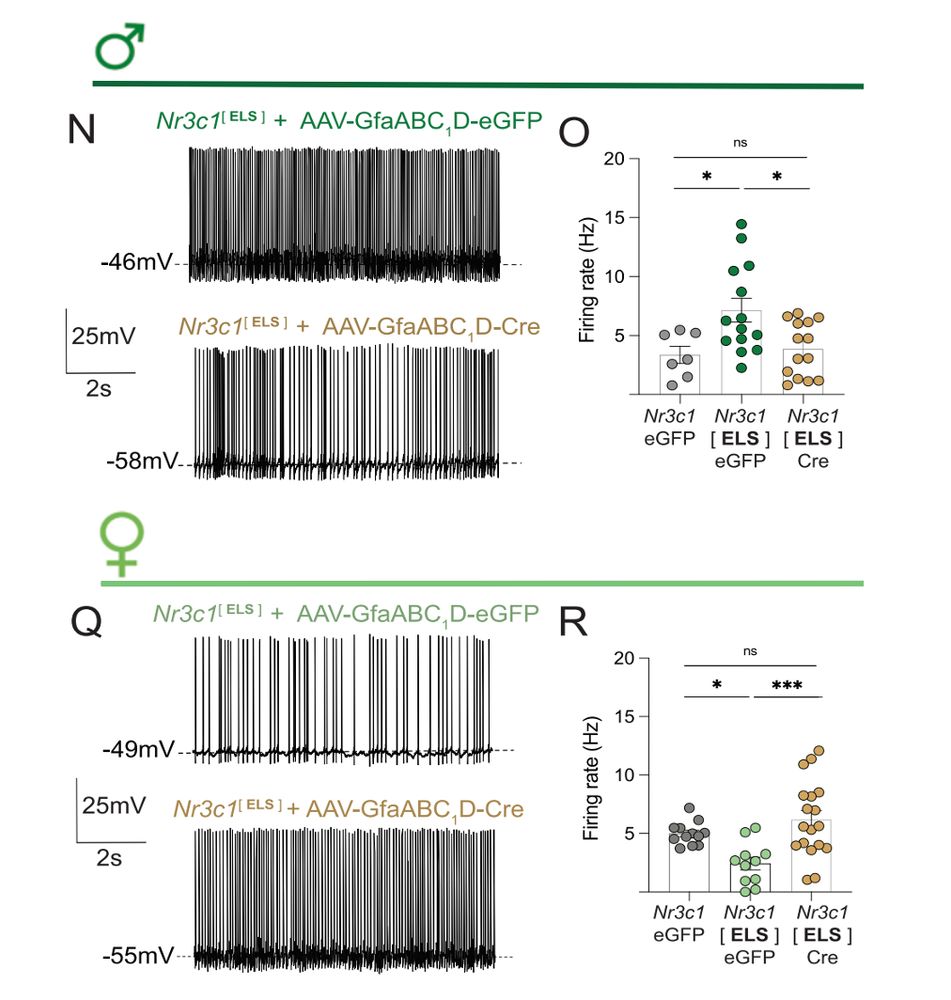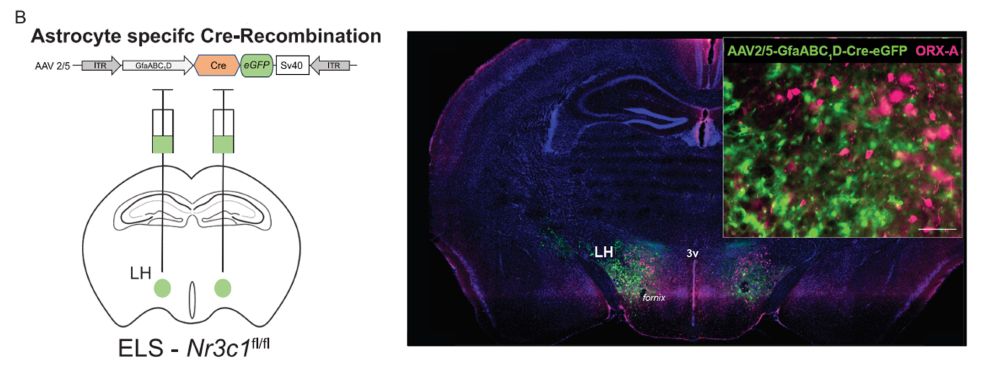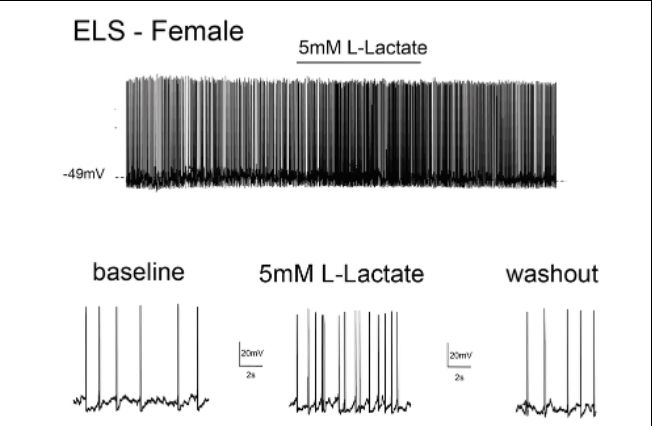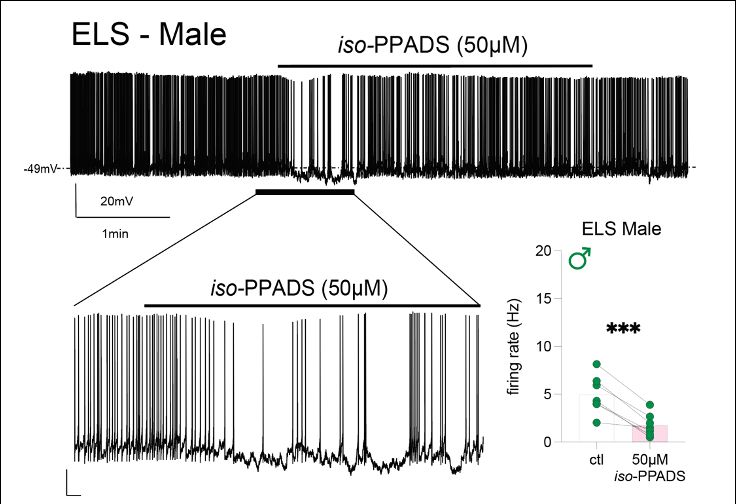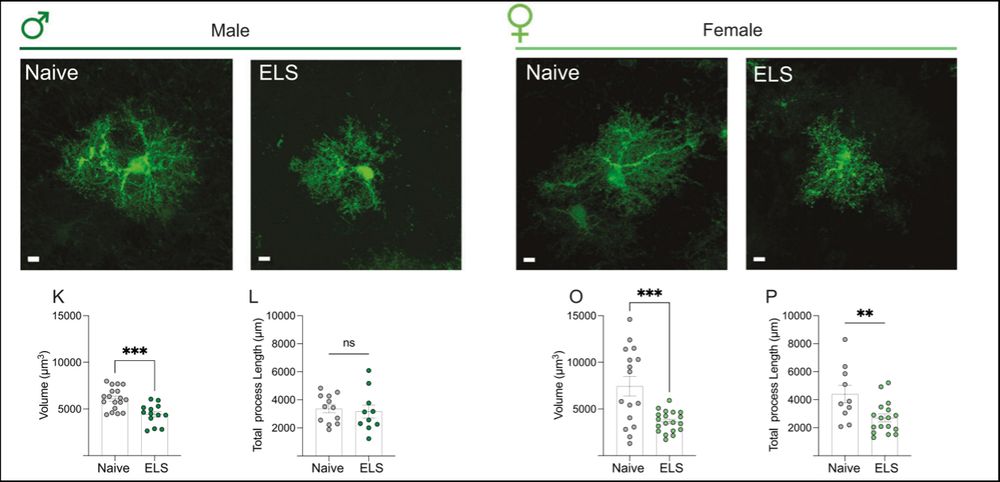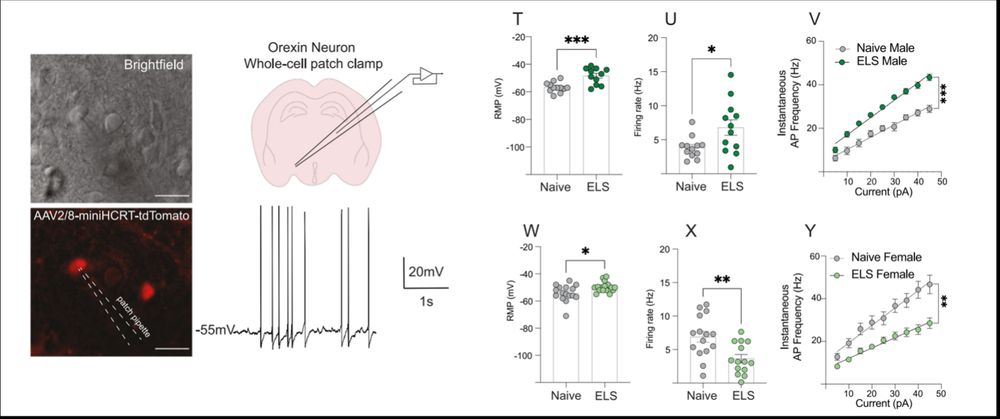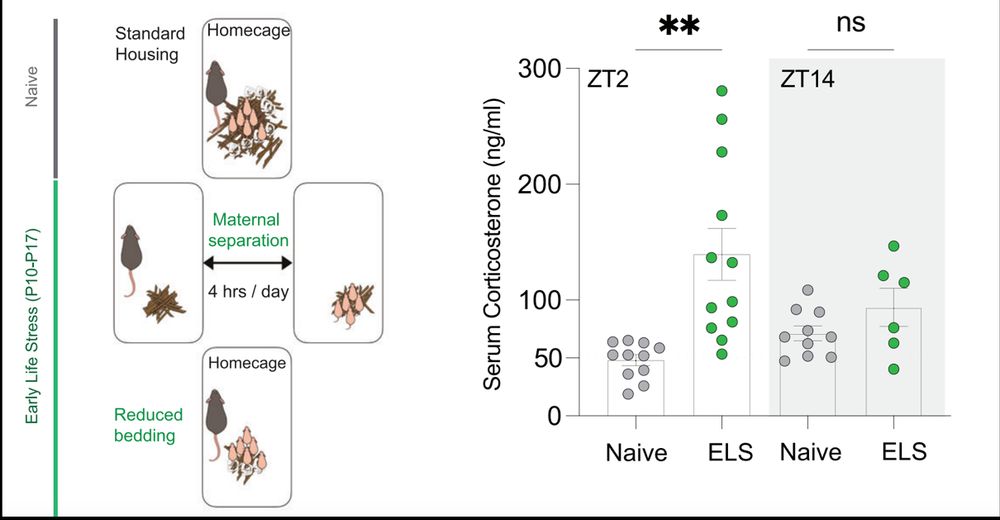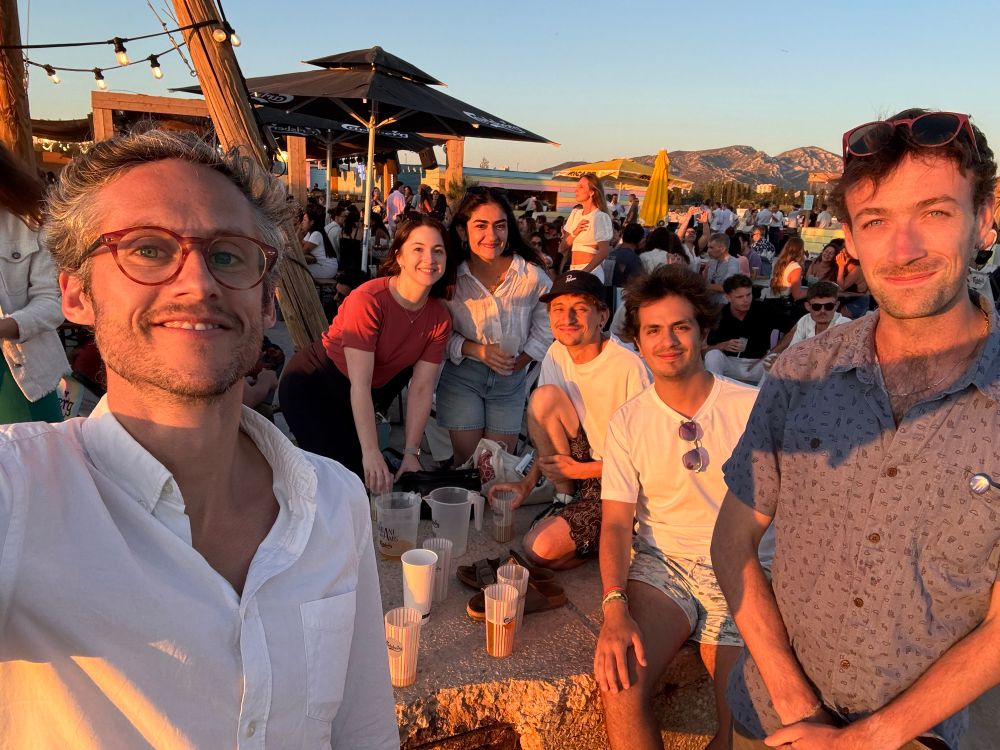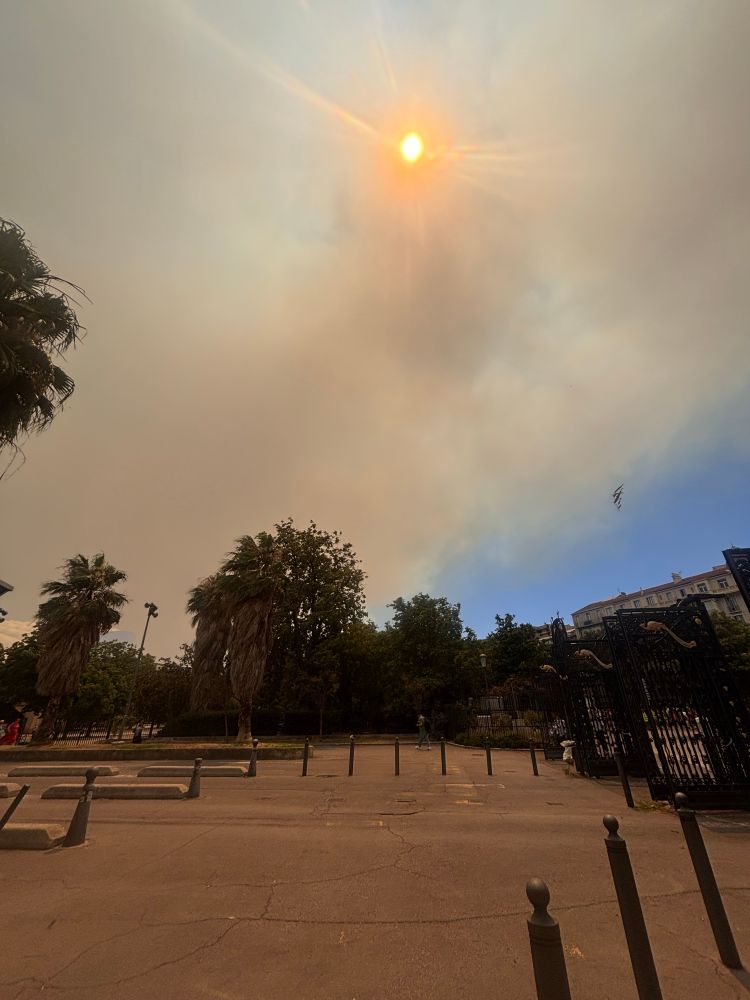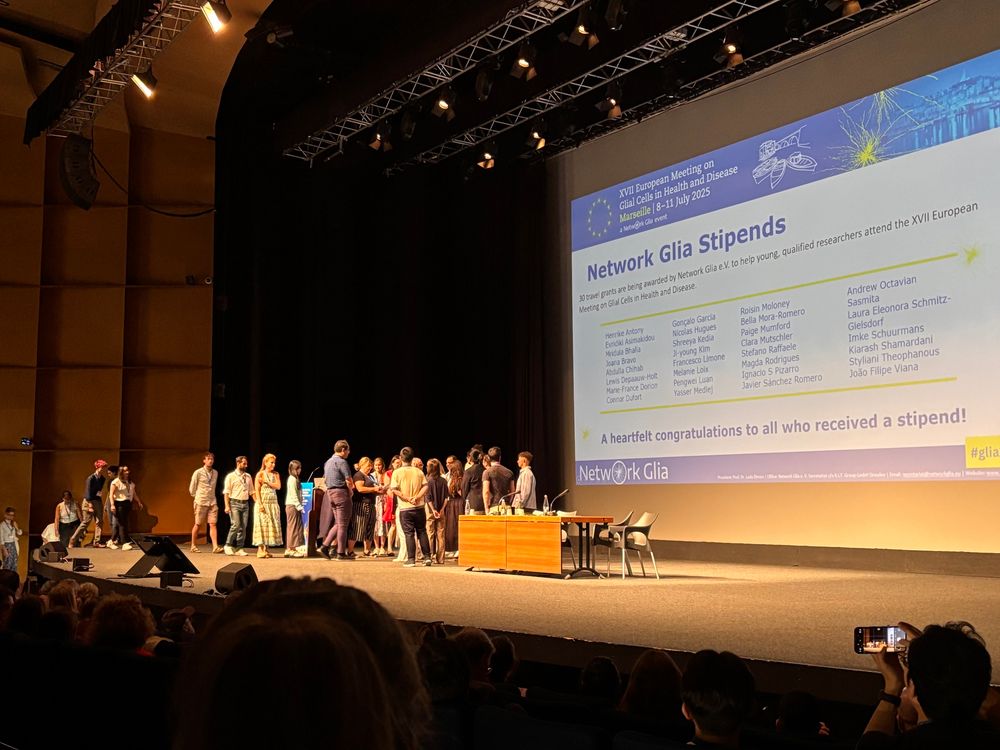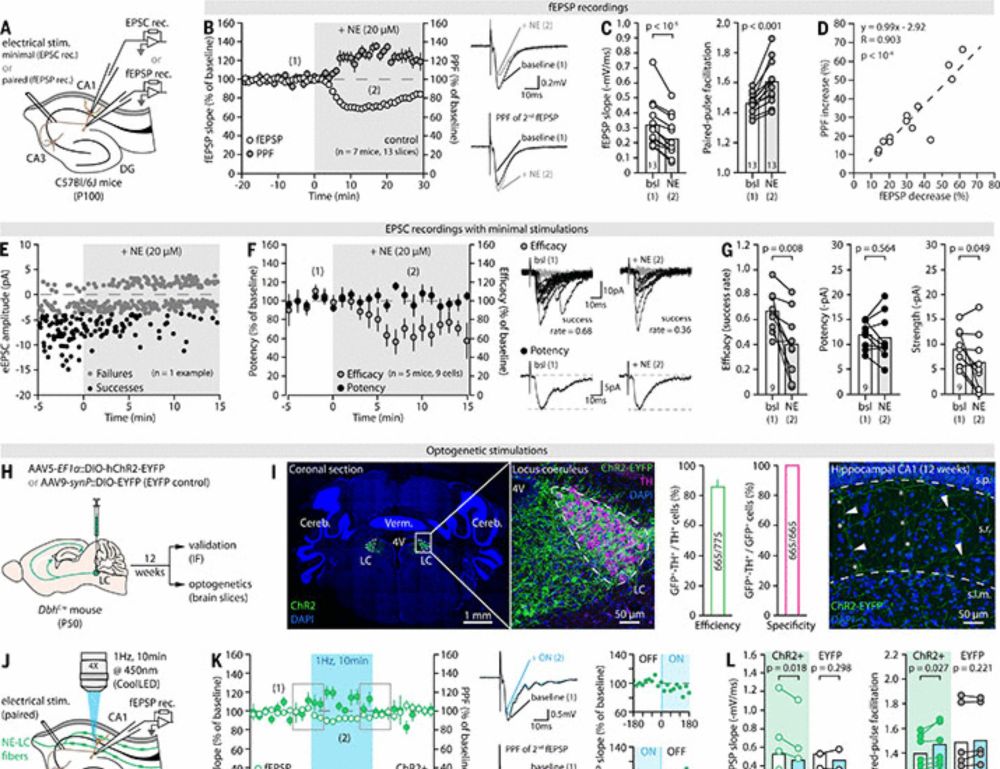Lewis Holt
@lewisholt.bsky.social
490 followers
210 following
28 posts
PhD candidate in the Murphy-Royal astrocyte lab. Astrocytes in stress
🏴🇪🇺🇨🇭
Posts
Media
Videos
Starter Packs
Reposted by Lewis Holt
Lewis Holt
@lewisholt.bsky.social
· Aug 6
Lewis Holt
@lewisholt.bsky.social
· Jul 14
Lewis Holt
@lewisholt.bsky.social
· Jul 11
Lewis Holt
@lewisholt.bsky.social
· Jul 11
Lewis Holt
@lewisholt.bsky.social
· Jul 11
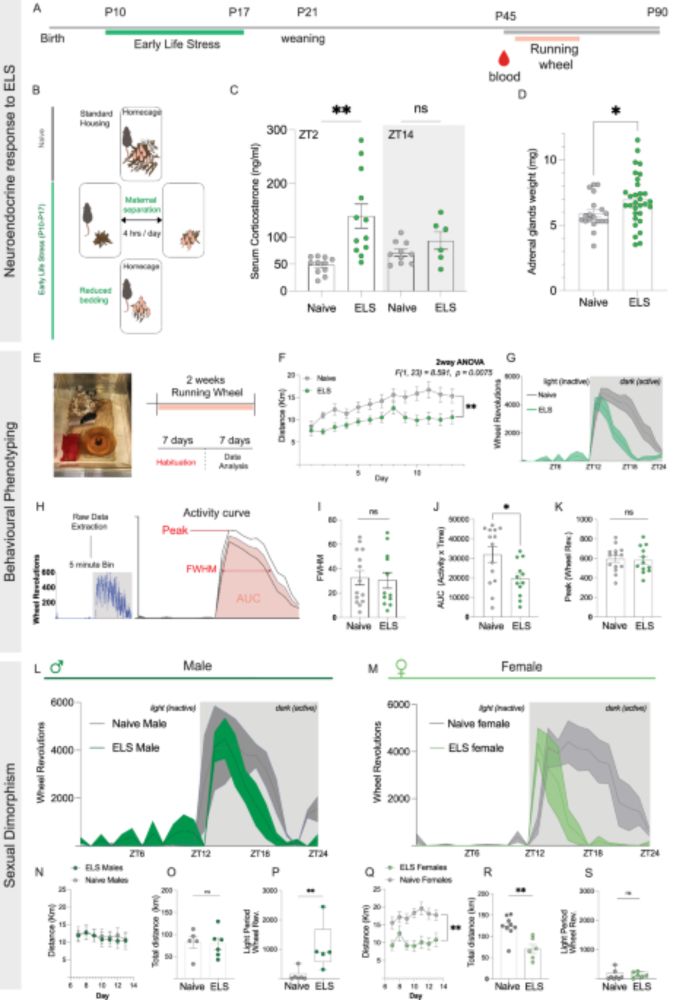
A divergent astrocytic response to stress alters activity patterns via distinct mechanisms in male and female mice - Nature Communications
Early-life stress has lifelong impacts on neuronal function and behavior. Here, the authors show that astrocytic glucocorticoid receptor signaling drives stress-induced neuronal and behavioral change ...
www.nature.com
Lewis Holt
@lewisholt.bsky.social
· Jul 11
Reposted by Lewis Holt
Lewis Holt
@lewisholt.bsky.social
· Jun 14
Lewis Holt
@lewisholt.bsky.social
· May 20
Reposted by Lewis Holt
Alex Chen
@alexbchen.bsky.social
· May 16
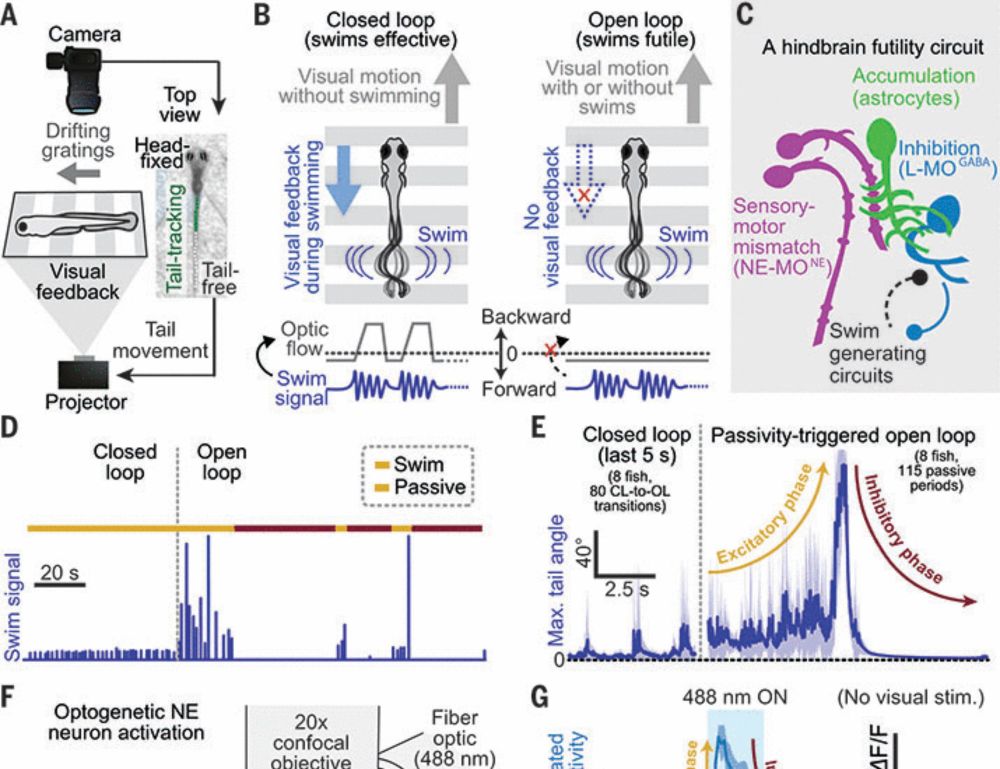
Norepinephrine changes behavioral state through astroglial purinergic signaling
Both neurons and glia communicate through diffusible neuromodulators; however, how neuron-glial interactions in such neuromodulatory networks influence circuit computation and behavior is unclear. Dur...
science.org
